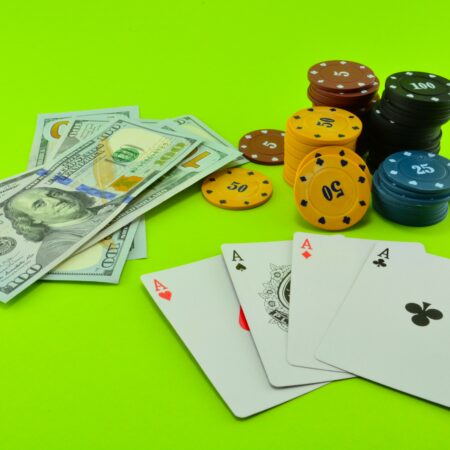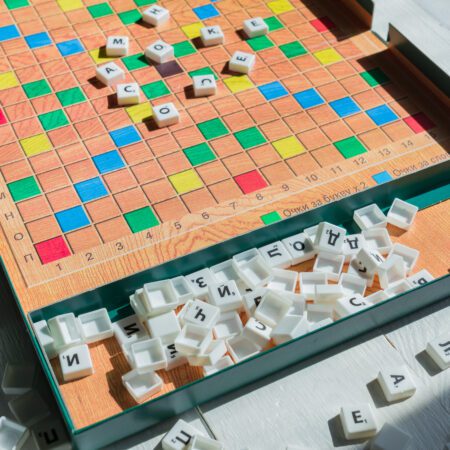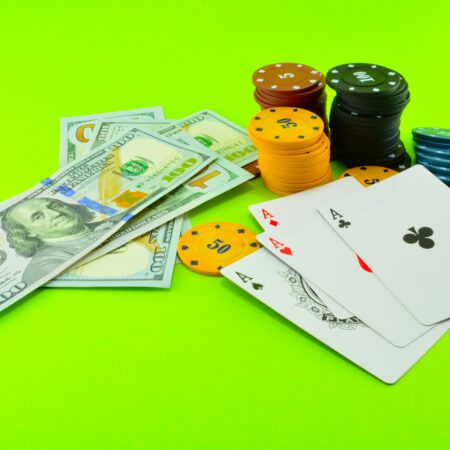Curious about the casino industry’s profit magic? Discover how casinos transform the thrill of gambling into a multi-billion dollar business. Read on to learn more.
How Do Casinos Make Money? Unveiling the Business Behind Gambling
Have you ever wondered how casinos turn brightly colored chips and the spin of a Roulette wheel into a multi-billion dollar industry? Think back to the last time you walked into a casino. The glimmering lights, the sound of chips being shuffled, the laughter and gasps of anticipation all around – it’s another world entirely. But it’s what’s behind this alluring display that’s truly fascinating.
The magic that turns chance into cold, hard cash isn’t something pulled from a magician’s hat. It’s a meticulous business machine engineered to keep the financial wheels constantly turning. It functions through subtle processes that ensure the modest advantage continually lies in favor of the house, not in the player’s favor. That’s what the phrase ‘the house always wins’ embodies.
Contrary to popular belief, casinos make most of their profit, not from those jackpot fees, but from regular games that people play: yes, even from the small-time slot machines. ‘Imagine that!’ a novice gambler blurts out in disbelief.
Speaking of imagination – the advent of virtual reality casinos has recently opened a whole new avenue for casino revenue, but that’s a story we’ll dive into another day.
The Unseen Foundation of Casino Profits
Casinos have an interesting way of ensuring the profits flow in their direction. They hinge their strategy on something known as the ‘House Edge’, a term that even the most avid gamblers might not fully understand. But let me decode that for you…
It’s a concept as old as the gambling industry itself! The term ‘House Edge’ refers to the mathematical advantage that the casino has over the players. It’s a statistical inevitability structured into every game, every machine, and every bet. However, what’s intriguing is that this edge is not glaringly large. It’s actually incredibly small – often less than 5%. Yet, this tiny percentage is enough to keep casinos thriving and their bank vaults full.
Here’s an example: In European Roulette, the wheel contains 37 pockets, numbered from 0 to 36. If you place a bet on a particular number, your odds of winning are 1 in 37, but the payout is 35 to 1. This discrepancy between the odds and the payout is precisely the casino’s edge, which translates into a 2.7% advantage over time.
And mind you, it’s not just roulette – every game has this invisible fence. Whether it’s a hand of Blackjack or a spin of the Slots, the ‘house edge’ ensures the casino always has a leg up.
Volume Rules
While the house edge certainly plays a big role, the volume of bets is another crucial factor to their success. Casinos attract millions of players globally who make countless bets each day, and with the house edge applied to each bet, the profits quickly add up.
Whether it’s the high-roller dropping thousands on a single hand of Blackjack or the casual tourist plugging nickels into the slot machine, every bet contributes to the casino’s revenue. And don’t forget about the steady patrons who may not stake large but play regularly. The casino makes a fraction off every bet they place — over time, this steady stream of small-bet players also lines the casino’s coffers.
Other Revenue Streams
Casinos are not just about gambling. They additionally generate income from restaurants, bars, hotels, and concert venues located on their premises. Even in the casino, non-gambling activities like food and beverage sales can also contribute significantly to the bottom line.
So, the next time you’re awed by the glitz and glamour in a casino, remember, it’s not just fun and games. It’s a carefully engineered system designed to lure players into a beautifully orchestrated dance between hope and chance, where the tune is always set by the house. But hey, who doesn’t like a good dance, especially when you know the moves?










